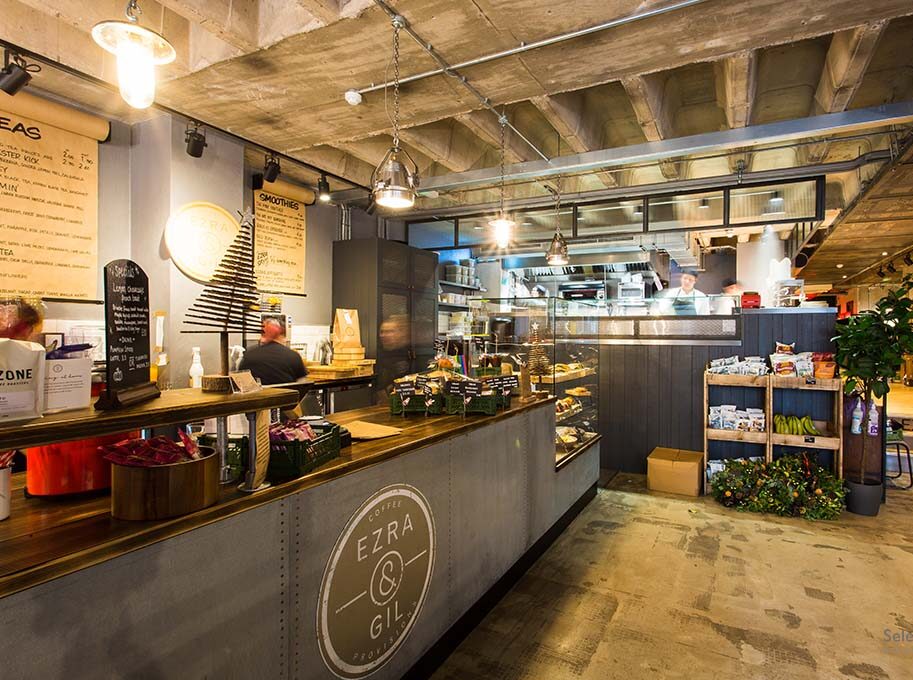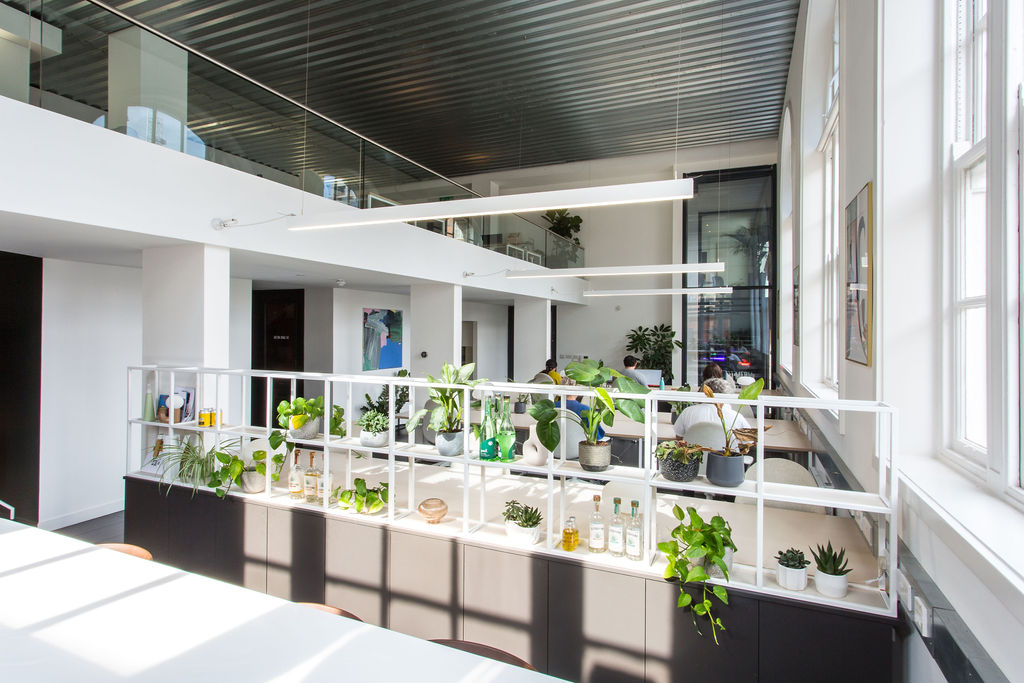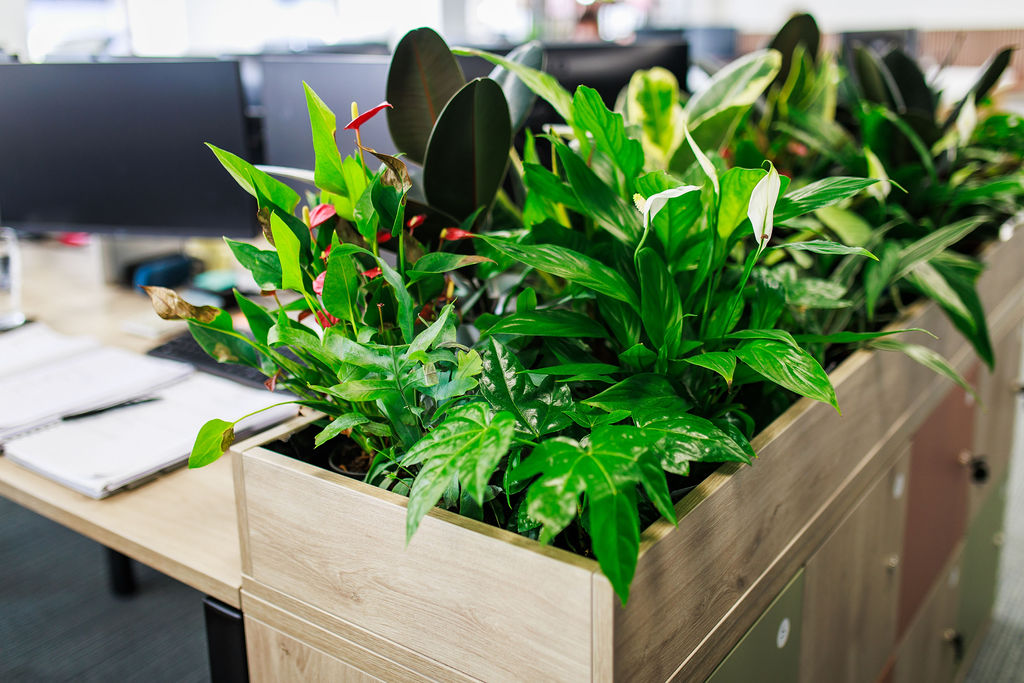Creating a dynamic and aesthetically appealing workspace has become essential for success. It’s not just about functionality anymore; it’s about creating an atmosphere that inspires collaboration, productivity, and creativity. This is where the power of commercial interior design comes into play.
With the right design elements, a workplace can be transformed into an inviting and engaging space, fostering a positive work environment and leaving a lasting impression on clients and employees alike. From carefully selected colour schemes and lighting fixtures to furniture arrangements and innovative technologies, commercial interior design has the capacity to elevate any space.
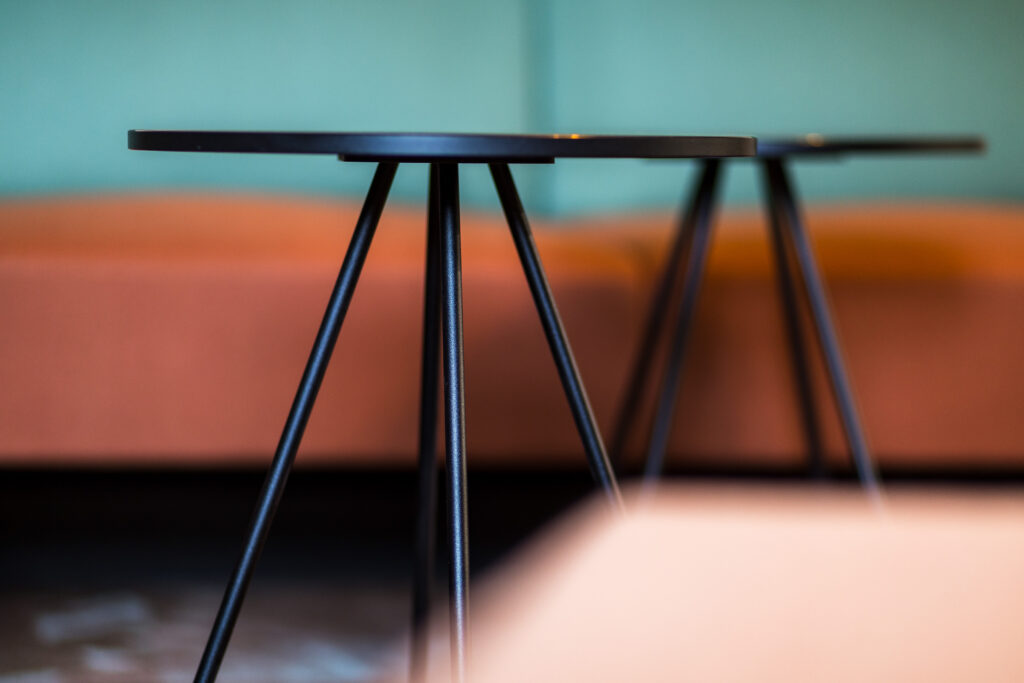
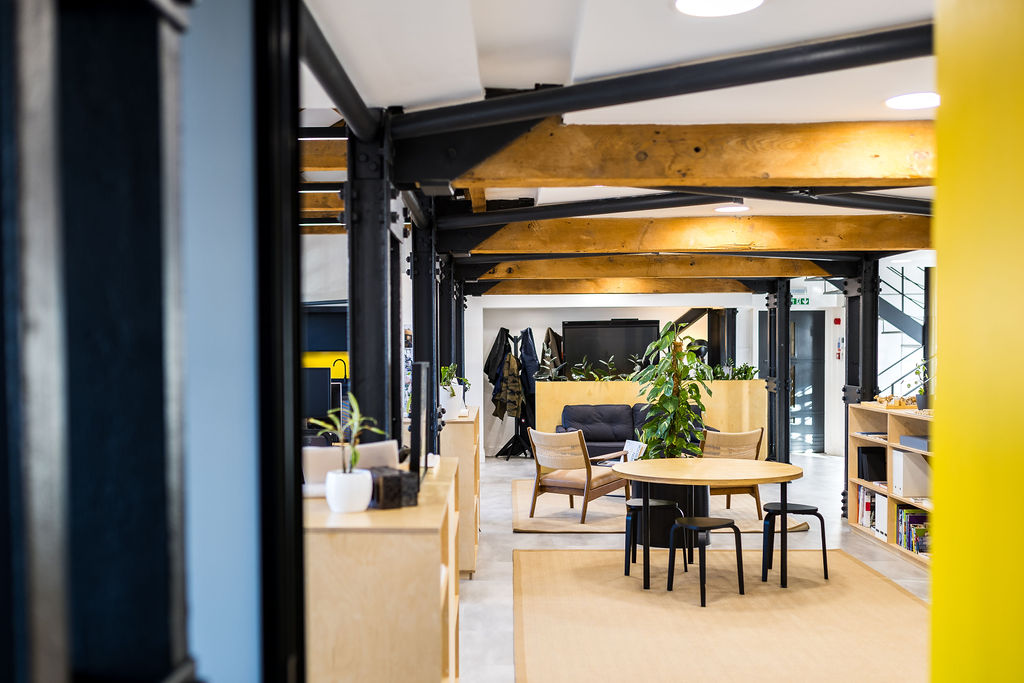
The importance of well-designed commercial spaces
The significance of well-designed commercial spaces cannot be overstated, particularly in an era where the physical environment directly influences employee satisfaction and client perceptions. Businesses are increasingly recognising that their workspace is more than just a functional area; it is a reflection of their brand and culture. A well-crafted space can promote a positive atmosphere, leading to increased employee engagement and lower turnover rates, which ultimately contributes to the overall success of the business.
Moreover, the design of a commercial space can significantly impact customer experiences.
Key elements of commercial interior design
Commercial interior design encompasses various key elements that work together to create a cohesive and functional space. One of the primary components is spatial planning, which involves the arrangement of furniture, equipment, and pathways to optimize the flow of movement within the environment.
Another crucial element is the selection of furniture and fixtures. The choice of furniture not only affects the comfort and functionality of the space but also contributes to the overall aesthetic. Ergonomic furniture, for instance, can improve employee health and productivity by providing proper support and comfort during long work hours.
Lighting is yet another vital aspect of commercial interior design. The right lighting can dramatically alter the mood and functionality of a space. Natural light is highly desirable, as it creates a more inviting atmosphere and has been shown to improve employee well-being.
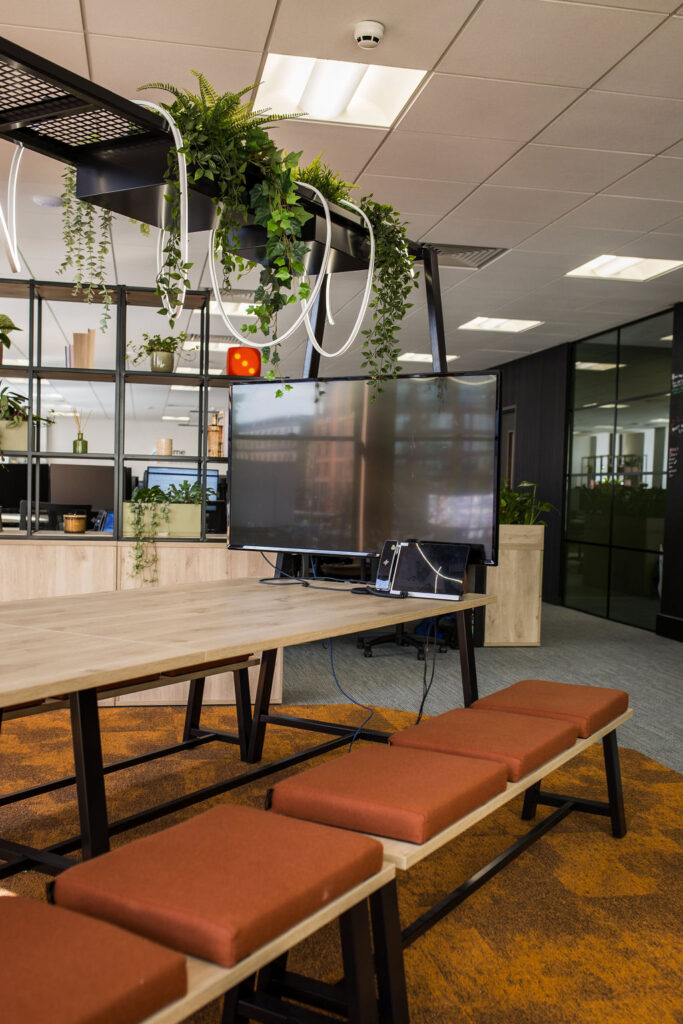
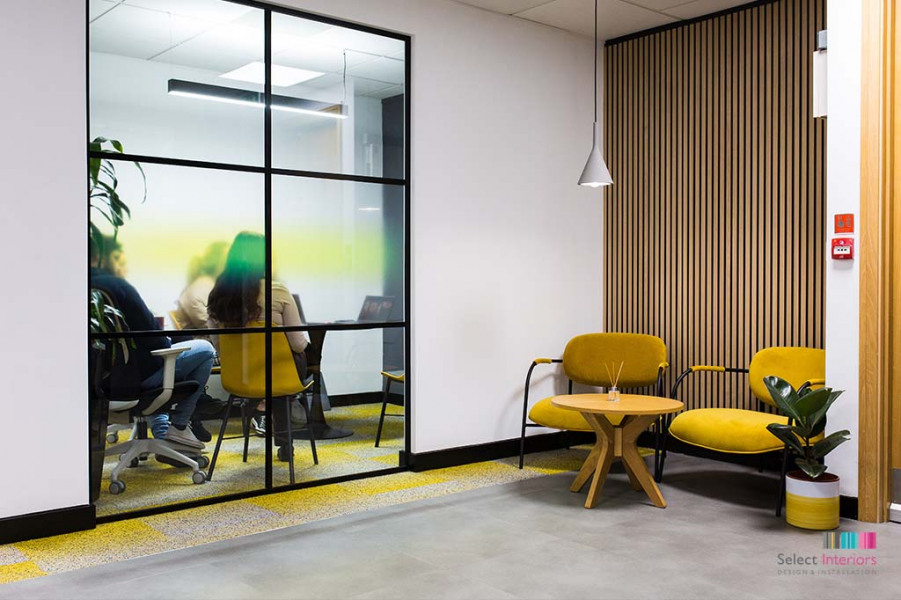
Understanding the target audience and their needs
Understanding the target audience is fundamental to successful commercial interior design. Whether the space is intended for employees, clients, or customers, knowing their preferences, behaviours, and needs is essential in creating a design that resonates. For instance, an office targeting a younger workforce may benefit from modern, flexible spaces that encourage collaboration and creativity. In contrast, a more traditional business may require a formal, professional environment that reflects its established reputation. By aligning the design with the audience’s expectations, businesses can enhance satisfaction and engagement.
Engaging with the target audience during the design process is crucial for gathering insights and feedback. Conducting surveys, interviews, or focus groups can provide valuable information about what employees or clients value most in a workspace. This data can inform decisions about layout, furniture selection, and amenities. Additionally, involving employees in the design process fosters a sense of ownership and belonging, which can enhance overall morale and productivity. When individuals feel their needs are considered, they are more likely to be invested in their work and contribute positively to the organisational culture.
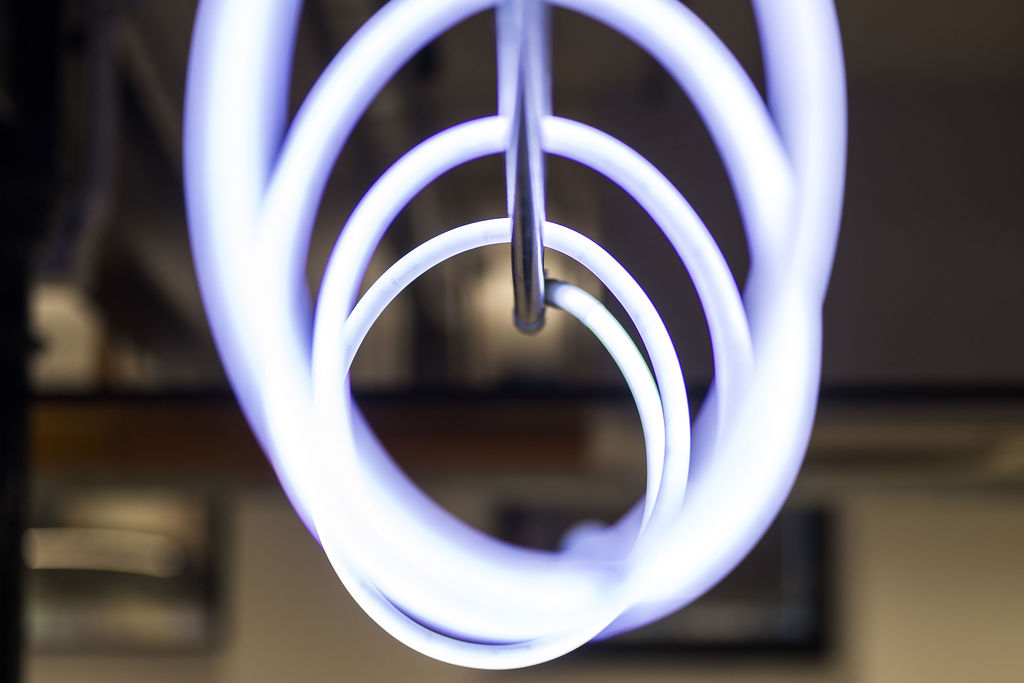
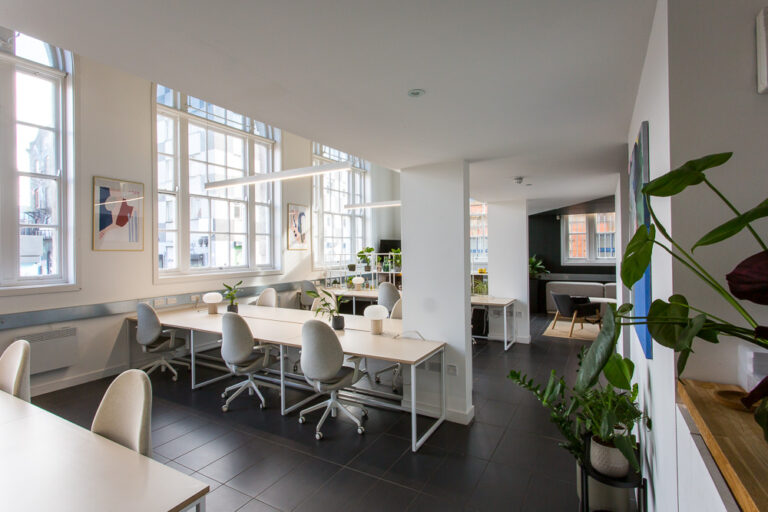
Creating a functional and efficient layout
Creating a functional and efficient layout is integral to commercial interior design, as it directly influences both employee productivity and client experience. The layout should be strategically planned to facilitate the flow of movement, ensuring that spaces are easy to navigate and use. In an office setting, this might involve arranging workstations in a way that minimises distractions while promoting collaboration. For example, placing meeting rooms near team areas can encourage spontaneous discussions and idea-sharing, while quiet zones can be situated away from high-traffic areas to allow for focused work.
The use of technological advancements can also significantly enhance the efficiency of a commercial layout. Integrating smart technology, such as automated lighting and climate control systems, can create a comfortable working environment that adapts to the needs of its users.
Incorporating branding and identity into commercial interior design
Incorporating branding and identity into commercial interior design is essential for creating a cohesive and recognisable environment. The physical space should reflect the brand’s values, mission, and personality. This can be achieved through the careful selection of colours, materials, and design elements that align with the brand’s visual identity. For example, a tech company might opt for sleek, modern furniture and bright accent colours to convey innovation and creativity, while a financial firm may lean towards classic furnishings and a neutral palette to evoke trust and professionalism.
Additionally, incorporating branding into the design can help foster a sense of belonging among employees. When individuals feel connected to the brand and its values, they are more likely to be motivated and engaged in their work.
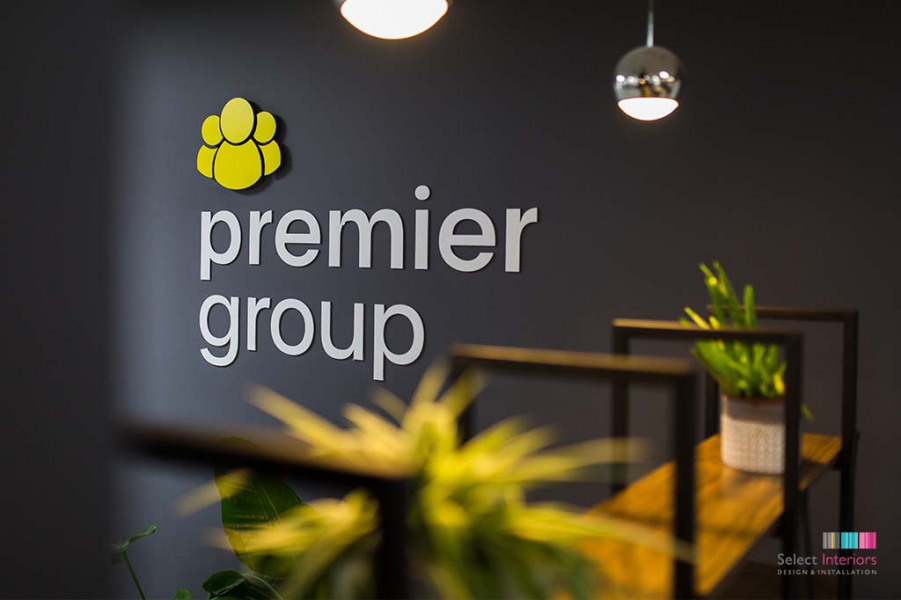
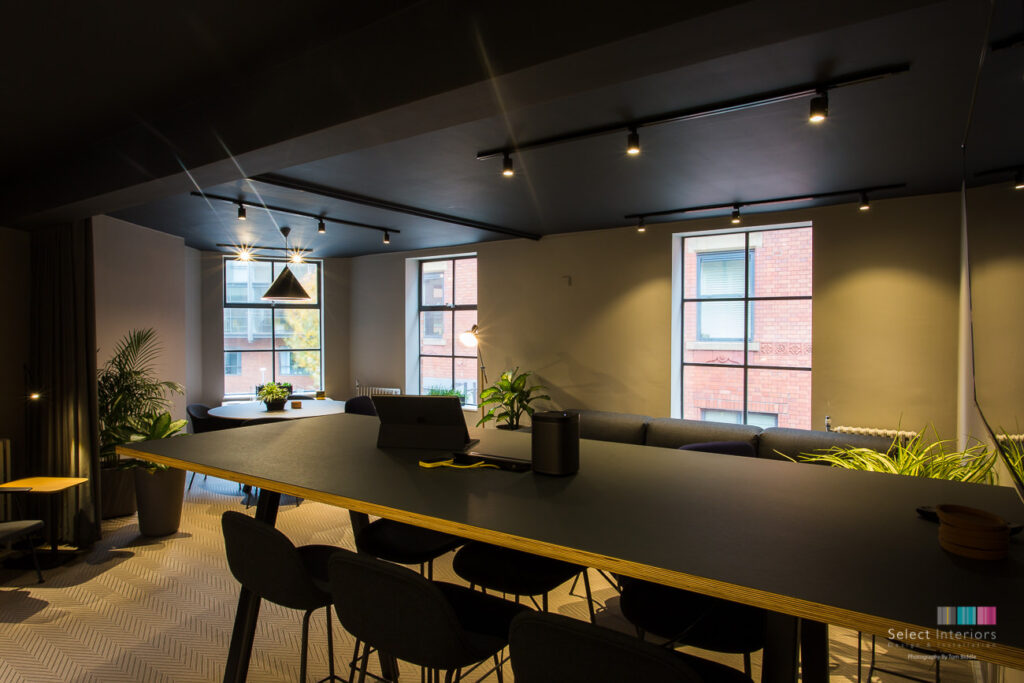
Selecting appropriate colours, materials, and finishes
The selection of colours, materials, and finishes plays a pivotal role in shaping the ambiance and functionality of commercial spaces. Colours have a profound psychological impact and can influence mood, behavior, and productivity. For instance, cool colours like blue and green can promote calmness and focus, making them ideal for areas requiring concentration, while warmer tones like yellow and orange can stimulate creativity and energy, suitable for collaborative spaces.
The combination of colours, materials, and finishes should also harmonise with the overall design theme and brand identity. A cohesive approach ensures that all elements work together to create a unified look and feel.
Enhancing the overall ambiance with lighting and acoustics
The ambiance of a commercial space is significantly influenced by lighting and acoustics, both of which contribute to the overall experience of employees and clients. Proper lighting design can enhance visibility, create a welcoming atmosphere, and even influence mood. Natural light is highly prized for its numerous benefits, including improved well-being and productivity.
Acoustic considerations are equally important in commercial interior design, as noise levels can greatly affect concentration and communication. Open-plan offices, while conducive to collaboration, can often lead to increased noise distractions. Acoustic treatments, such as sound-absorbing panels, carpets, and strategically placed partitions, can help mitigate noise levels, creating a more comfortable working environment.
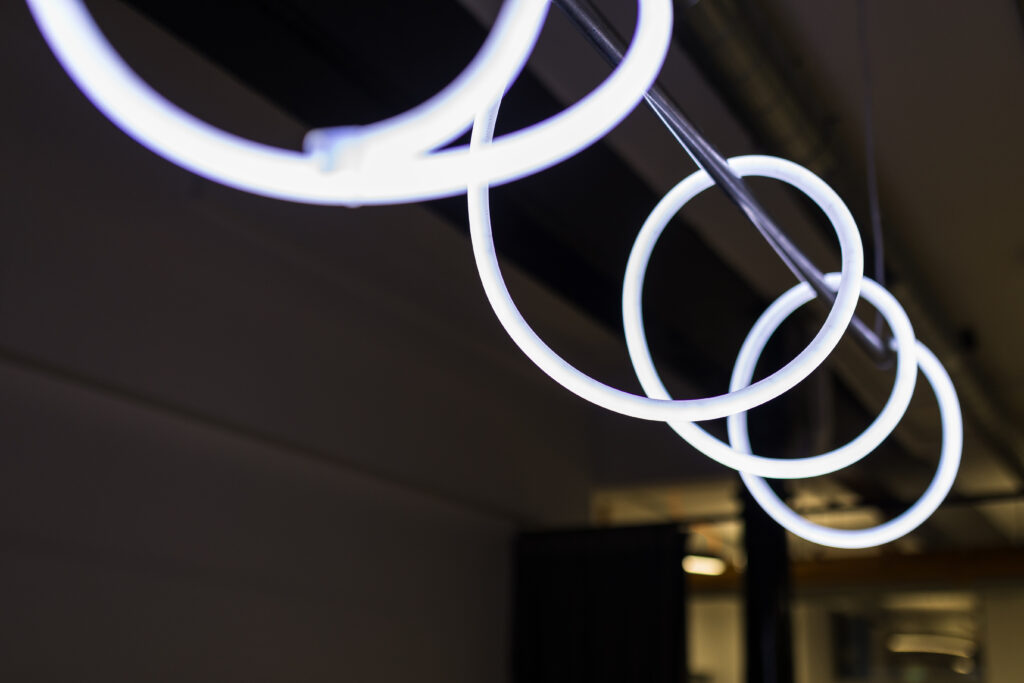
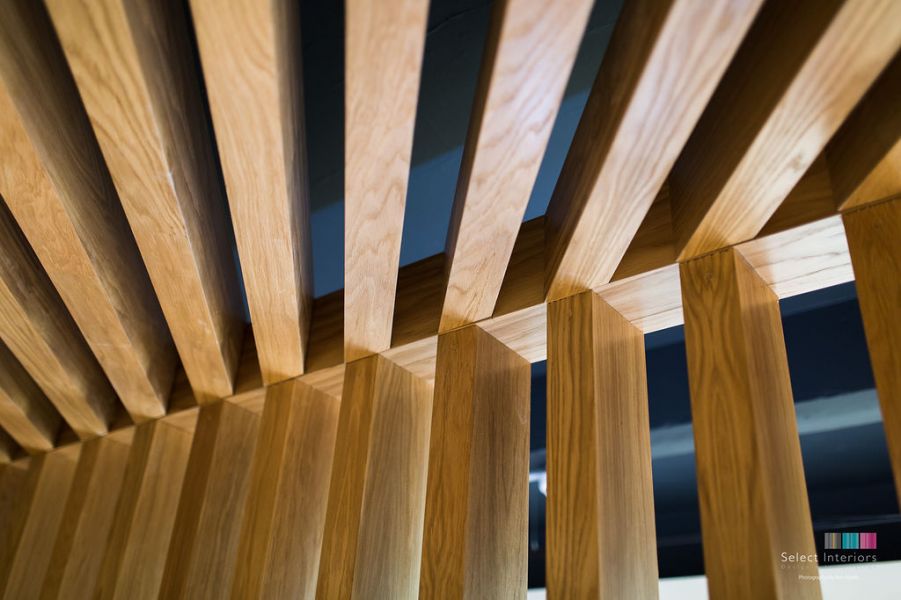
Incorporating sustainable and eco-friendly design practices
Businesses are increasingly prioritising sustainability, not only to reduce their ecological footprint but also to resonate with clients and employees who value environmental responsibility. Sustainable design practices can include the use of recycled materials, energy-efficient lighting, and water-saving fixtures, all of which contribute to a greener workspace.
Utilising biophilic design principles is one effective way to create sustainable spaces. This approach involves integrating natural elements into the design, such as living walls, indoor plants, and natural light. These elements not only improve air quality but also enhance employee well-being and productivity. Research has shown that exposure to nature can reduce stress and improve cognitive function, making it a valuable addition to commercial spaces.
Additionally, sustainable design practices can lead to long-term cost savings for businesses. Investing in energy-efficient systems, such as HVAC and lighting, can significantly reduce utility bills over time.
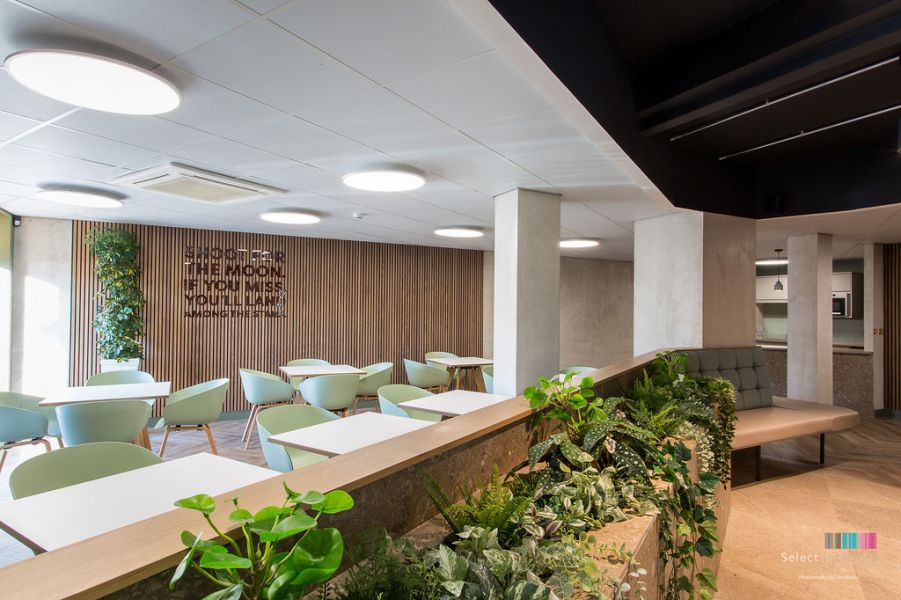
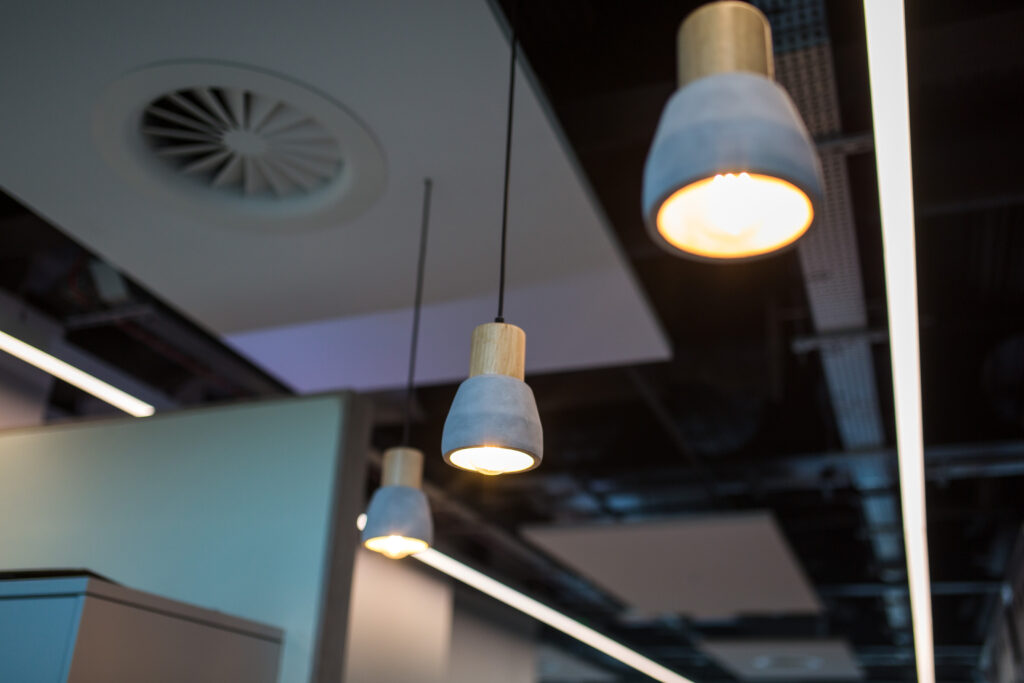
The impact of commercial interior design on productivity and success
The impact of commercial interior design on productivity and overall business success is profound and multifaceted. A well-designed workspace can foster an environment that enhances employee morale, encourages collaboration, and stimulates creativity. Research has shown that employees who work in thoughtfully designed environments are more engaged, motivated, and satisfied with their jobs. This heightened sense of well-being often translates into increased productivity and, ultimately, better business outcomes.
Moreover, commercial interior design can influence the way clients perceive a brand. A professional and aesthetically pleasing physical space can enhance brand credibility and contribute to positive first impressions. When clients visit a well-designed office or retail space, they are more likely to associate it with quality and professionalism. This perception can lead to increased customer loyalty and a competitive edge in the marketplace, as clients are more inclined to choose businesses that reflect their values and commitment to excellence.
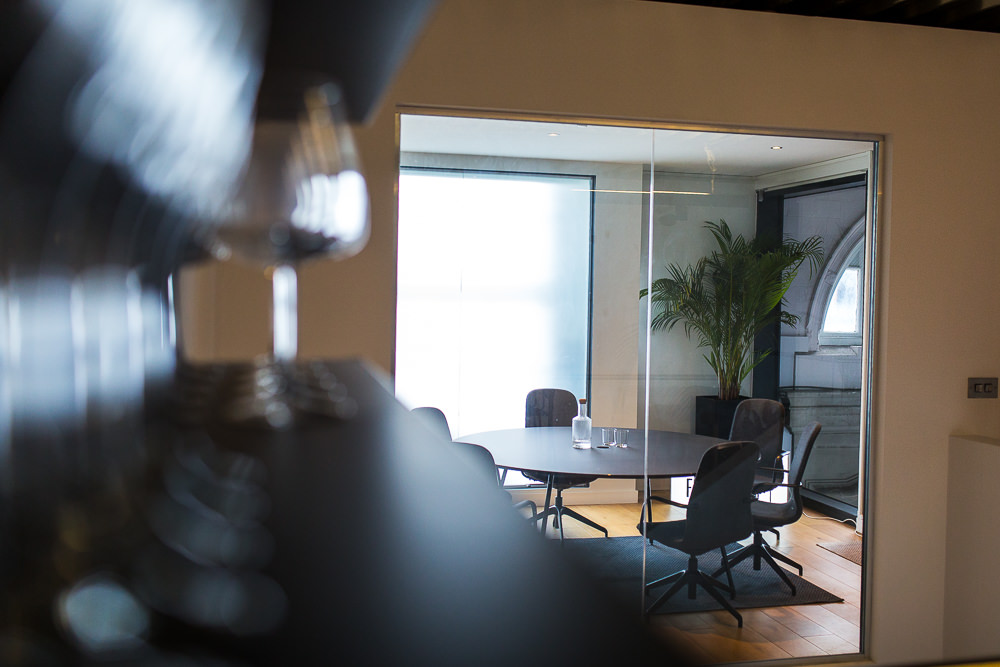
In conclusion, the transformative power of commercial interior design cannot be underestimated. By prioritising thoughtful design elements that address the needs of employees and clients alike, businesses can create spaces that inspire, engage, and drive success. From enhancing productivity to reinforcing brand identity, the benefits of investing in commercial interior design are immense. As organisations continue to navigate the complexities of the modern business landscape, embracing the principles of effective design will be key to cultivating environments that foster growth, innovation, and success for years to come.
Contact us today and let’s put our ideas into practice to create an effective workplace for your team.

